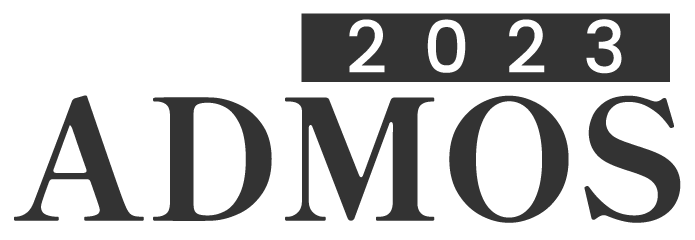

Design Allowables generation by High Fidelity Models for Interlaminar damage propagation based on Uncertainty Quantification
Please login to view abstract download link
In composite materials, the estimate of design allowables accounting for good accuracy and reliability is an expensive and extensive process. Aeronautical industries have moved toward virtual testing in order to generate the design allowables rapidly and thus cutting short the costs associated to the development and certification of the manufacturing process. However, virtual certification demands a robust statistical approach to quantify and propagate the uncertainty of the input parameters (geometry, load cases, test setup, etc.) on the design allowable strength of the aeronautical part. In this work, a methodology to obtain design allowables, accounting for uncertainty, for a characteristic level II aeronautical test (Single Lap Shear test (SLS)) is presented. High Fidelity Model (HFM) able to propagate damage with the use of Cohesive zone model has been used to simulate a SLS. However, before simulating the SLS model, the necessary input parameters to simulate are obtained through level 1 material characterization tests. The interlaminar cohesive law characterization has been done by the application of the inverse method in Double Cantilever Beam (DCB). The uncertainty of the input parameters is quantified based on the CMH-17 approaches and using random functions the defined distribution has been implemented to propagate the uncertainty into the input parameters of the High Fidelity Model (HFM) (material properties of the Composite fibre-matrix system). To propagate the uncertainty in the HFM a sample method has been used to generate new values for the input parameters respecting the dispersion of the experimental data found. The result of this work would establish a UQ&M methodology using virtual testing of composite materials, where the uncertainties associated to various material properties will be quantified and propagated to generate the design allowables (B basis values) with a cost efficient and rapid approach. For the SLS case in this work, the B basis value obtained following the methodology was compared with the experimentally obtained B values and the prediction accuracy within 5% difference. This validated approach, when used to full extent, can generate non-conservative design allowables, compared to experimental estimations, at a lesser cost.

